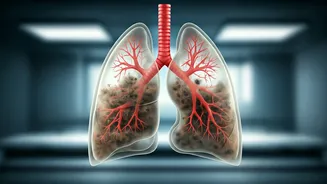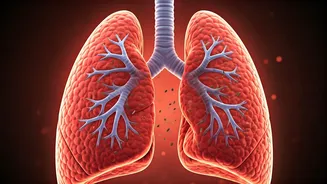Initial Reports Emerge
The initial reports from Lawngtlai, Mizoram, indicated a developing health situation related to gastroenteritis. This situation emerged, prompting immediate
attention from local health authorities. The spread of the illness raised concerns within the community, pushing for immediate evaluation of the situation. Medical teams quickly began their work to determine the scope and origin of the outbreak, as well as to put measures in place to help those affected.
Confirmed Case Count
Subsequently, the confirmed number of gastroenteritis cases in Lawngtlai reached six. This figure represented individuals who had presented symptoms, and following examination, had been diagnosed with the illness. The precise age, demographic details, and locations of those affected were meticulously documented. Medical specialists focused on the cases, evaluating the patients' conditions, determining the severity of their symptoms, and starting their treatment plans, which varied depending on the individual needs.
Health Authorities Respond
In response to the outbreak, local health authorities initiated containment strategies. The immediate steps included public health warnings aimed at providing the local population with important information to improve sanitation, food handling, and hygiene. Increased surveillance was initiated to identify new cases and follow the spread of the disease. Medical teams worked diligently to enhance the availability of necessary medical resources, ensuring that the necessary treatment was accessible to all the affected individuals.
Community Impact Examined
The gastroenteritis outbreak had a noticeable impact on the community in Lawngtlai. The outbreak resulted in some people being unwell and requiring medical treatment. Worries arose among residents regarding their health and safety, and this prompted adjustments to their daily activities and routines. Local officials closely monitored the community to understand the effects of the outbreak, offering assistance to support those impacted and reduce the spread of the disease.
Preventive Measures Implemented
Alongside treatment, crucial efforts were implemented to control the outbreak. Measures were put in place to raise awareness of hygiene and sanitation within the community, especially regarding handwashing, safe food preparation, and waste management. Public health advisories offered guidance on preventing the spread of the disease, and educational programs were put in place. These procedures were designed to empower the community to take preventive measures.
Ongoing Monitoring Efforts
The health authorities are continuously observing the situation. Active surveillance continued to identify new cases and to comprehend the transmission patterns. Health professionals maintained constant contact with affected individuals. The goal was to provide quick medical assistance and to adapt the public health strategies based on the latest knowledge and developments related to the outbreak. All the measures were designed to safeguard the community's health.














